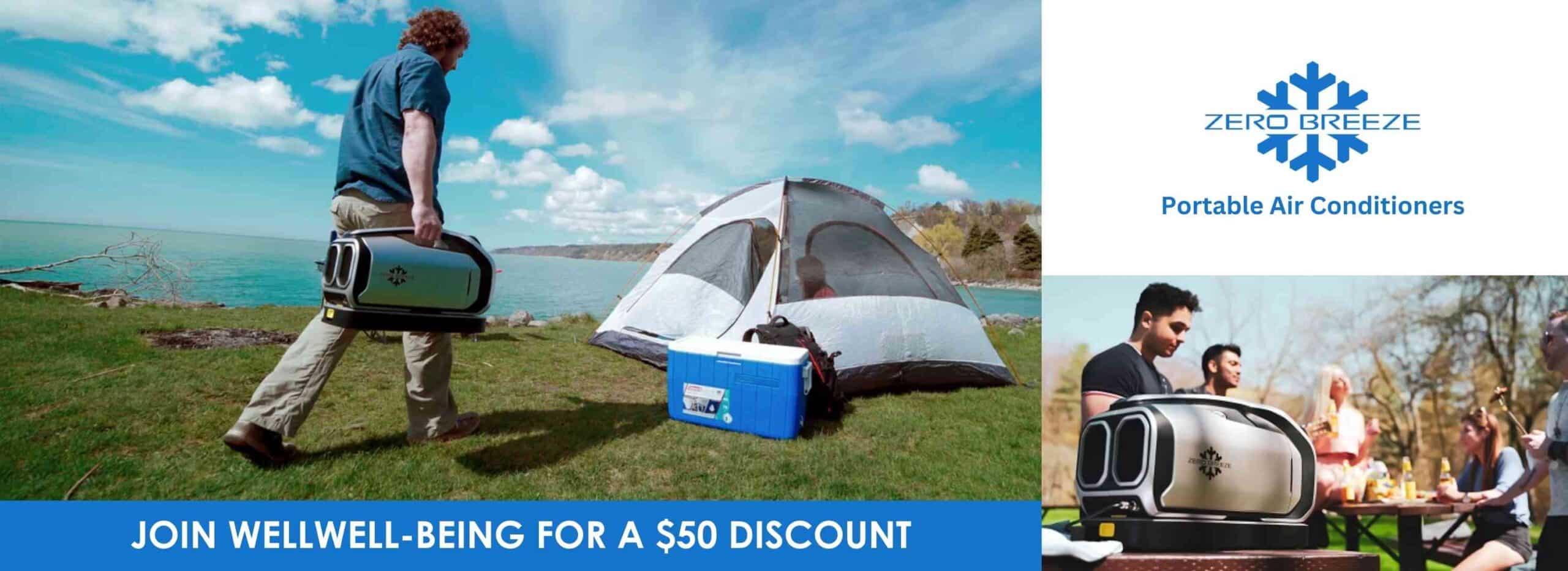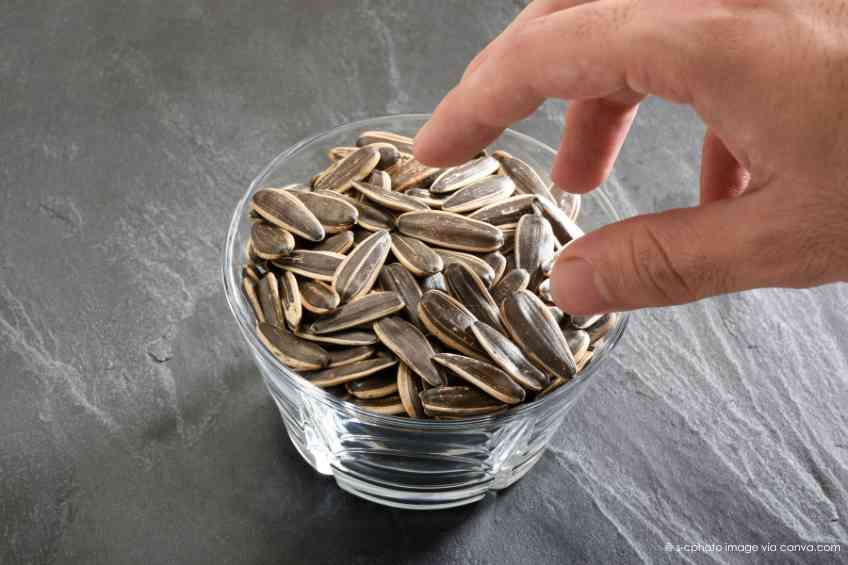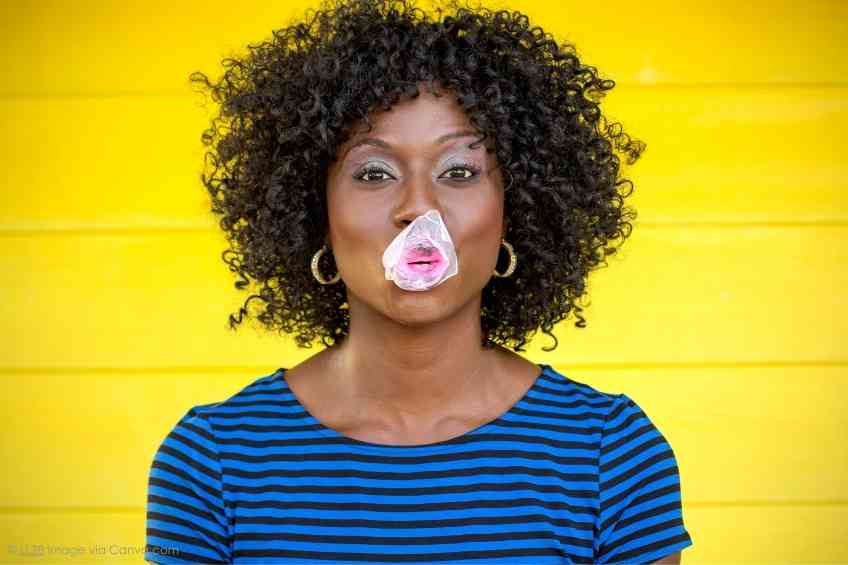The Skinny:
Let’s face the obvious. It’s hot outside just about everywhere. Chances are it’s going to get hotter and stay hot as the summer moves on. All this begs the obvious question. How does somebody stay cool as the heat and humidity soar? Everyone has their own personal go-tos, even if they don’t always work or make sense. WellWell, however, has delved into chillin’ from a more scientific point of view to come up with a list of cool suggestions. So, don’t sweat it. Read on.
The Slate:
Dress Light—In Weight and Color
Fashion matters…even in the heat. Staying as cool as possible means dressing light, as in lightweight, natural fabrics that breathe. Think linen and cotton. Clothes should fit loosely and not include a heavy, tight waistband. Light colors also help because they reflect light. Colors and patterns that mask perspiration stains are probably a wise choice for obvious reasons. To avoid chafing, apply an anti-friction stick and/or antiperspirant to sweat-prone areas. If thigh chafing is a problem, wearing pants or “thigh-chafe” undershorts can help. And yes, cotton underwear helps avoid the dreaded “swamp crotch.”
Drink Lots—But Avoid Alcohol or Caffeine
Keeping well hydrated is a standard because it provides the fluids needed for cooling perspiration. But not all liquids are equally chill. Alcoholic and caffeinated beverages aren’t cool choices. Alcohol is a problem because it makes it hard for the body to regulate its temperature effectively. Iced tea or coffee may seem tempting, but caffeine is a dehydrating diuretic. Better alternatives are water or juice.
What to Eat—Hot or Not?
Spicy foods can cool the body by encouraging perspiration unless high humidity prevents evaporation. Heavy foods, however, should be avoided. Instead, a light and fresh version of the normal routine is best. When it’s too darned hot to cook, sandwiches, salads, cold soups (e.g., gazpacho) and smoothies are great choices. Fruits, especially citrus, melons, grapes, bananas and berries promote hydration and provide healthy sugars and fiber. Ice cream, frozen yogurt and popsicles make refreshing treats—but whether they actually provide a cooling impact is up for debate.
Energy-Efficient Home Hints
Air conditioning is a growing must for almost everyone facing extreme temperatures. This, unfortunately, doesn’t mean everyone is using the AC effectively. The highest energy efficiency comes when the AC is set to “automatic” at a realistic temperature that allows it to take occasional breaks on its own. Well-placed fans should be used to help channel cool air. It is also best to leave the AC on low power when going out for a few hours. Otherwise, the house may heat up so high that it will take more energy and time to bring the temperature back down to normal levels. It is also a good idea to keep blinds and curtains shut during the day and air out the house in the cooler hours of the evening and night.
Breaks and Water
Outside workers need to take extra breaks and drink plenty of water during high temperatures. This isn’t a common courtesy; it is essential for their safety. It is important for everyone, in fact, not to overdo it when working outside, whether they’re on the job or cutting grass, gardening or playing sports. Breaks can be as often as every 15 minutes in some situations. Cold compresses or cool showers are also great ways to refresh and chill.
At-Risk Groups Beware
People don’t always realize they are at risk from heat exhaustion until it’s too late. This is especially true for at-risk groups like the elderly, pregnant women and the young. The United Nations Children’s Emergency Fund (UNICEF), in fact, notes that children and elders are especially vulnerable due to less efficient thermoregulation and inability to recognize trouble and seek help. Exposure to extreme heat during pregnancy may cause early labor, gestational diabetes, hypertension or low birth weight.
Warning Signs
It is essential to be able to recognize when someone has had too much. The initial stage of heat illness, heat cramps, occurs when dehydration or electrolyte imbalance causes muscle cramps or spasms. The next phase, heat exhaustion, involves elevated temperature, heavy perspiration, headache, nausea, dizziness and weakness. At this stage, it is crucial to cool down, hydrate and replace electrolytes. If body temperature rises uncontrollably above 104°F, a heat stroke can occur. Emergency medical treatment is required because seizures, loss of consciousness and damage to the muscles, heart, kidneys and brain—followed even by death—may be close at hand.
Heat’s Emotional Impact
Physical issues aren’t the only concern when it comes to heat. The Stanford Report notes that hot weather makes people uncomfortable, increasing their chances of acting irrationally and losing their temper. Police statisticians back this up, noting that heat waves trigger a progressively greater incidence of fights, violent crimes and suicide, especially in crowded, economically disadvantaged neighborhoods where many can’t find relief. Even those who are comfortably holed up behind the AC may feel pent-up, edgy, and less resilient; some may suffer panic attacks due to climate anxiety.
Eyes Up:
Got a recommendation for staying cool? Let us know at info@wellwellusa.com.
WellWell editors independently identify services and products of interest. If readers purchase anything through the associated links, WellWell may earn a commission, which goes to support our work. Learn More.













